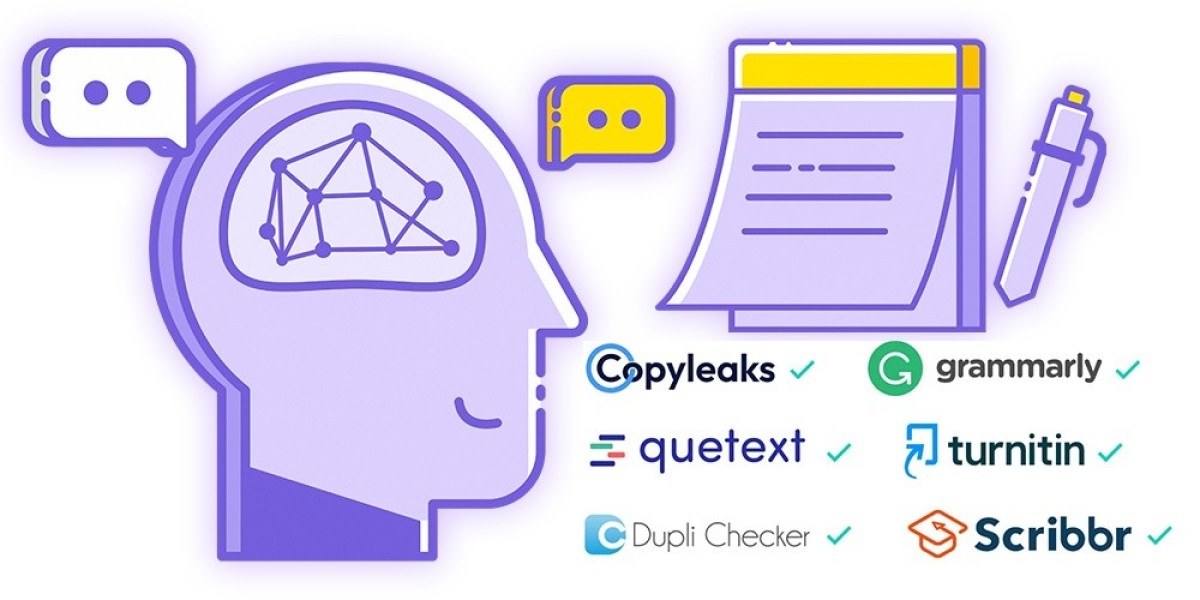Tips for using ai tester equipment
The tips for using ai tester such as TestCraft include the following:
Lowering the technical barrier: TestCraft provides an intuitive visual interface that does not require complex programming knowledge, making it easy for non-technical personnel to get started, greatly promoting team collaboration and improving overall efficiency. Even novice testers can quickly build a test case framework through this interface.
Intelligent generation of test scripts: TestCraft utilizes AI technology to instantly generate comprehensive and effective test ideas based on web page elements, and automatically transforms these ideas into executable test scripts that are compatible with popular automation testing frameworks such as Cypress and Playwright. This greatly saves testers time writing scripts, allowing them to devote themselves to more valuable work.
Powerful stability and reliability: TestCraft adopts advanced technology architecture and rich error handling mechanisms, which can run stably in various complex environments and conditions, ensuring the accuracy and consistency of testing. Whether it's web applications, mobile applications, or desktop applications, it can handle complex application architectures with ease.
Support for CI/CD integration: TestDraft can seamlessly integrate with various Continuous Integration and Continuous Deployment (CI/CD) tools, making automated testing more efficient and automated.
The methods and key points of AI big model testing include:
Functional testing: Verify whether the model works as expected, check whether the input and output meet expectations, such as whether the text generation in NLP tasks is correct. It is also necessary to check the model's support for different tasks, contextual understanding ability, and ability to handle long texts and maintain dialogue coherence.
Performance testing: involves response time, resource consumption (such as GPU/CPU usage and memory usage), scalability (performance in a distributed environment), and stress testing (stability under long-term high load and ability to handle peak traffic).
Security testing: including adversarial attack testing (testing the robustness of the model to adversarial samples) and data privacy testing (ensuring that training data does not leak personal information), as well as checking whether the model generates harmful or biased content, and whether there are permission controls to prevent unauthorized access and unauthorized operations.
Automated testing tools: PyTest and Selenium can be used for functional testing, JMeter or LoadRunner for performance testing, and Foolbox or TextAttack for adversarial testing. The evaluation indicators include accuracy, latency, resource utilization, and adversarial sample success rate.






